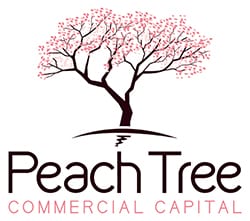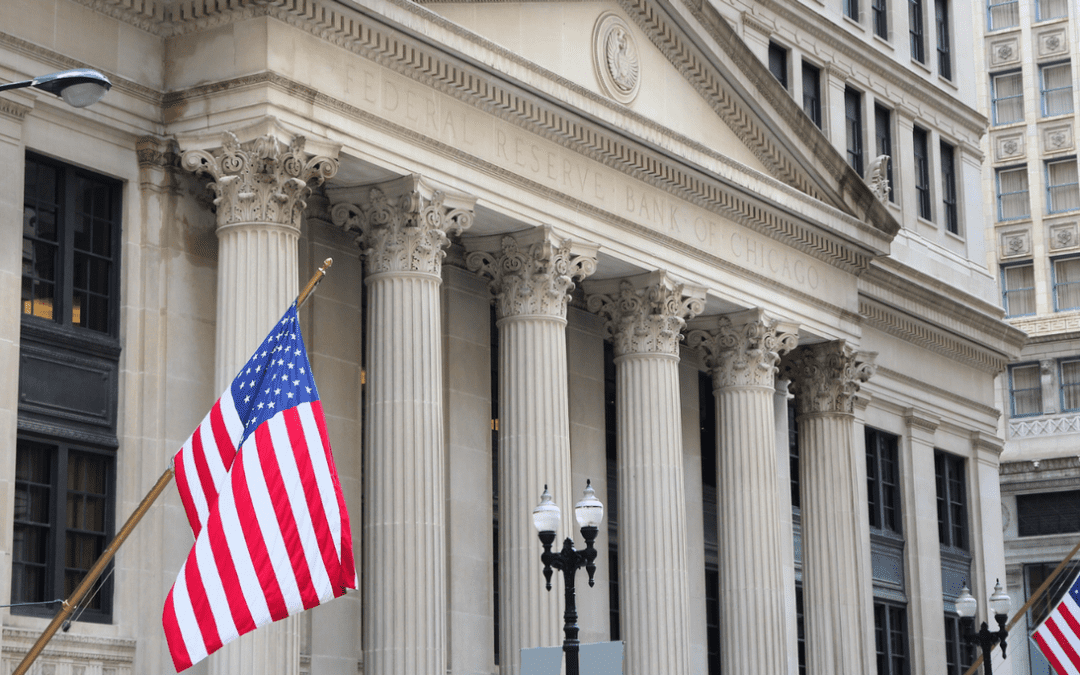In early May, the Federal Reserve raised the Federal Funds Rate (FFR) by 0.25% or 25 basis points over the March 16, 2022 increase. That might not look like much, but this increase sends ripples through the national economy. The FFR affects interest rates on loans, consumer spending, and the value of the American dollar. So, if you’re a small business owner concerned about the new Federal Funds Rate, you’re not alone. But how worried should you be, and what can you do to prepare for the additional rate hikes (totaling five for the year) expected throughout 2022?
This article will cover the FFR basics, how the Fed uses this rate, and how the FFR affects small businesses. We’ll dive deeper into business loans, loan rates, and what to do if you’re gearing up to get a loan. The better you position your business now, the easier it will be to manage upcoming rate increases. But to do that, you’ll need to arm yourself with information. So, without further delay, let’s dive into the Federal Funds Rate.
What is the FFR and Why Does it Change?
Federal Reserve Bank – the central bank in control of the nation’s monetary system – sets the Federal Funds Rate. The Fed was created in 1913 to study the national and international economies and ward off financial disasters. It uses the FFR to set the rate banks can charge for lending to other banks so they can keep their reserves at the required levels. But this interest rate between banks doesn’t stay between banks. As banks lend, they add a percentage for profit and to ward off the risk of default.
The FFR is important because it affects the Prime Rate. The Prime Rate is tied directly to interest rates on loans, credit cards, and some mortgages. The interest rates on credit cards, for example, are typically set to 3% over Prime at the lowest. That’s what they charge their lowest-risk customers. It’s the same situation for any short-term adjustable-rate loan. Adjustable-rate mortgages also increase when the FFR increases. Essentially, the FFR is the base rate lenders use when they write new loans.
The FFR is a percentage range, not a specific number. As of May 4, 2022, this range is 0.50% – 1.00%. Early in 2020, the rate dropped to 0.00% – 0.25%. But why did it drop, and why is it going back up again? The Federal Reserve Bank uses the FFR as a tool to influence the nation’s economy – i.e. stave off stagnation, and inflation, and thereby mitigate the risk of recession. When the FFR decreases, the housing market improves, employment rates go up, and consumer demand grows in response. As the FFR increases, consumers borrow less and mortgage rates go up. The decrease in early 2020 was a direct response to the pandemic. But, now that inflation rates are high, the Fed raised the FFR as a countermeasure.
How the FFR Affects Your Business
As a small business owner, learning that financing rates are going up and consumer spending will drop is not good news. Consumers will have less discretionary income and leisure time to spend shopping. Both business and private individuals will find it more difficult to borrow and pay more for the loans they already have. So, if you need financing to expand your business, it will cost more and be harder to get. Any adjustable-rate loans you already have will likely become more expensive too.
Setting aside individual consumer rates, let’s focus on the financing situation for businesses. How will the changes in the FFR affect your business? One immediate effect will be a change in business loan rates. But, not all business loan rates will change for all businesses.
Business Loan Rates
Businesses usually pay higher loan rates than consumers do for personal loans. You probably already know that lenders are very risk-averse, meaning they shy away from risky investments. To keep themselves protected, lenders will either deny the riskiest businesses or charge high-interest rates. Assets used as collateral make loans more secure and lenders more likely to approve them.
Factors like the length of the term, the stability of the business, and the rate of return also affect business loan rates. The type of loan you want, your financial situation, your equity in the business, your lender, and any collateral all play into how much interest you’ll pay on a business loan. In short, the FFR isn’t the main determining factor in business loans. It’s simply the base rate for adjustable-rate loans. Fixed-rate loans, of course, aren’t altered by the FFR because they stay at their original rate. A new fixed-rate loan will be based on the current FFR but will keep the same rate when the FFR goes up later on.
The Good News
A hike in the Federal Funds Rate is no cause for panic. The current rate of 0.50%-1.00% is still well below pre-pandemic levels, which the Fed set at 2.25%-2.50% in January of 2019. Historically, the economy seems to do best when the FFR is between 2.00% and 5.00%. The past few years have thrown the numbers off, but not to the point where businesses will fail simply because of the FFR. You can take several actions now to guard against future rate increases and give your business more stability.
First of all, any fixed-rate loans you have won’t be affected by the new FFR. If you want to lock in interest rates at the current level, it’s a good idea to seek a fixed-rate loan now before the Fed increases rates again. If you have variable-rate loans, consider refinancing to a fixed-rate loan. Another reason to act now is that, as the FFR increases, lenders will be more selective. So, while you may qualify for a reasonable rate now, you may not qualify for the same loan at the end of the year.
Now is a good time to evaluate your costs, take care of any lurking inefficiencies, and seal off any leaks in cash flow. Make a list of where funds are leaving the business and ask if these expenses are necessary. If you’ve got a major expenditure planned, how vital is it to the operation of your business? You may want to hunt for real estate and equipment financing sooner rather than later.
Wrapping Up
More often than not, the way a business is positioned at the time they seek a loan is the determining factor in the terms the loan will carry. It’s the financial health of your business that ultimately influences the lender’s decisions, not technically the FFR. Work on tightening expenses, refinancing high-interest loans, managing debt, and increasing your personal and business credit scores.
The best tool for identifying opportunities and positioning your business to take advantage of them is a loan broker. Any reputable broker knows the ins and outs of interest rate changes, which lenders are most likely to raise their rates, and where the best loans are still available. More importantly, a broker will take a look at your business and suggest effective plans that will help you reach your goals.

